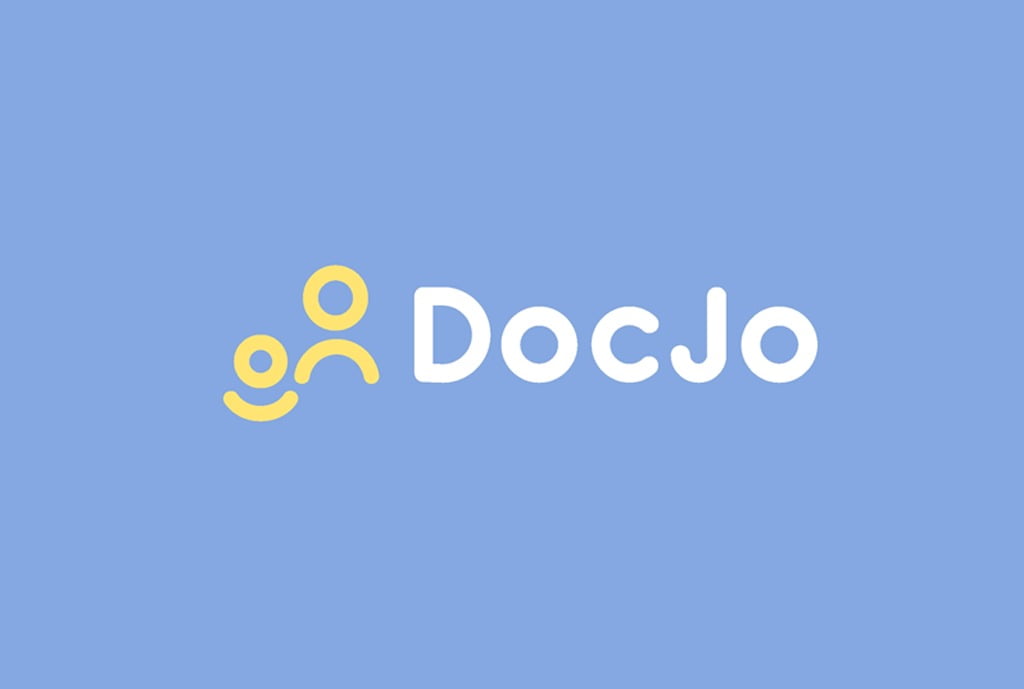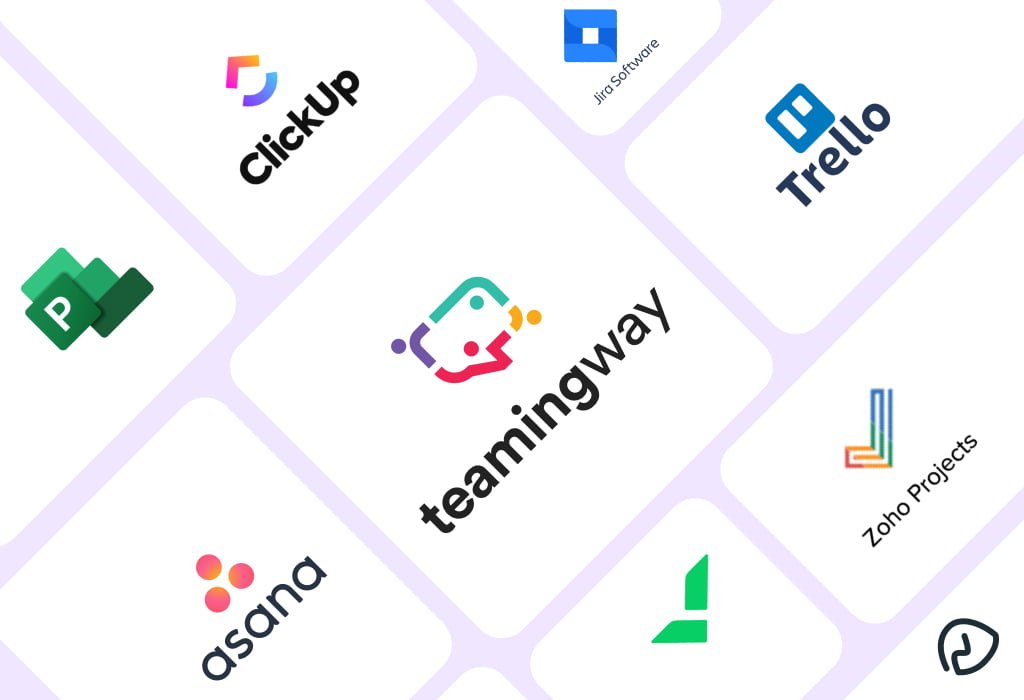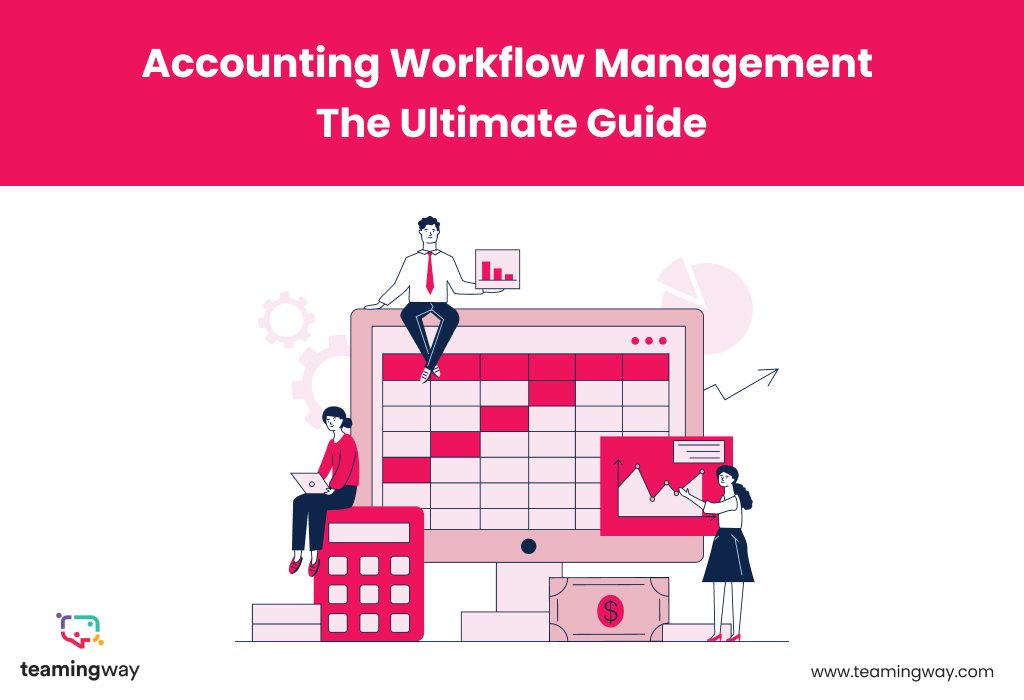What is Accounting Process Automation?
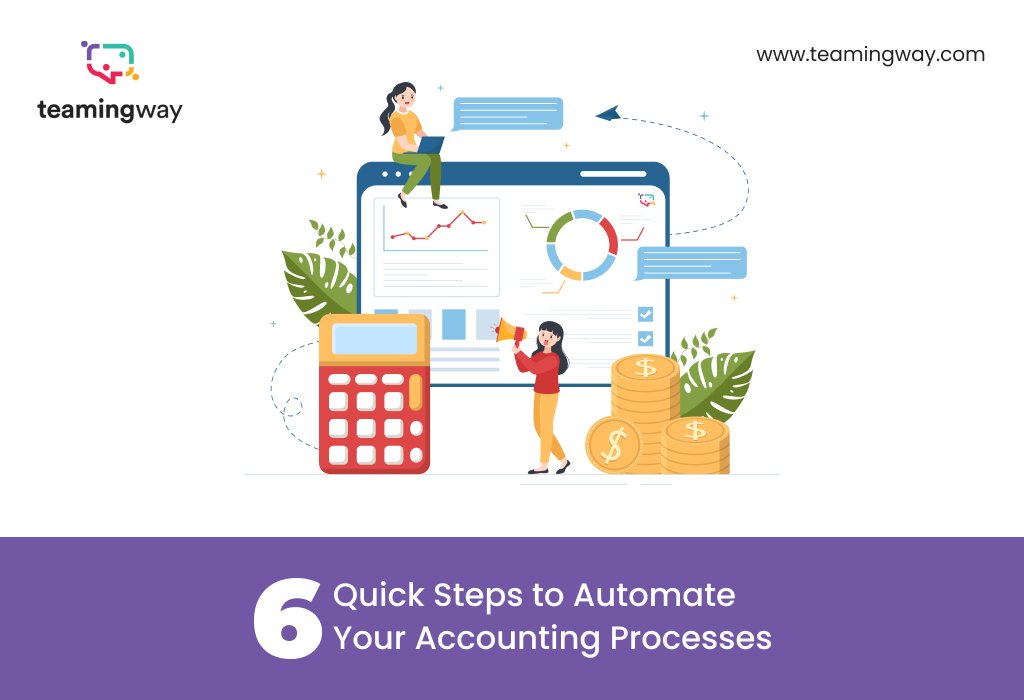
Are you tired of spending endless hours on manual accounting tasks? Well, you’re not alone! In fact, according to a recent study, businesses spend an average of 120 hours per month on manual financial processes. That’s a staggering amount of time that could be better utilized for strategic decision-making and business growth. But fear not, because accounting process automation (APA) is here to save the day!
Furthermore, industry reports reveal that human error accounts for nearly 90% of all accounting mistakes. Transposing numbers, miscalculations, and overlooking critical details can have serious consequences for businesses, leading to financial discrepancies, delayed payments, and unhappy vendors. However, by automating these processes, APA eliminates the potential for human error, ensuring accuracy and consistency in your financial operations.
Time is money, and fortunately, APA can help you save both. Consider this: on average, businesses that implement APA solutions experience a remarkable 50% reduction in the time required to complete routine accounting tasks. As a result, what used to take days can now be accomplished in a matter of hours or even minutes. Just imagine the productivity boost and the ability to focus on more value-added activities that can drive your business forward.
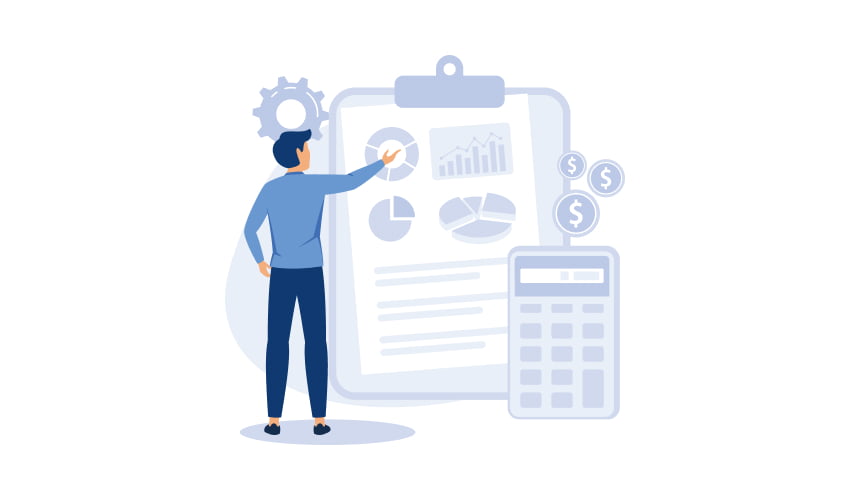
Are You Still Navigating the Persistent Challenges of Manual Accounting?
Despite the tremendous strides we’ve made in the realm of digital transformation, many businesses still find themselves grappling with the limitations of manual accounting processes. This outdated approach brings forth a myriad of challenges that can hinder financial efficiency and compromise business growth. Let’s explore some of the prevalent hurdles encountered in manual accounting:
1. One of the common pitfalls of manual accounting is the potential for entering data erroneously, leading to costly errors and inefficiencies. By leveraging automation, businesses can streamline their data entry processes, ensuring seamless matching of POs and invoices.
2. In manual accounting processes, sluggish approval cycles can drain valuable employee time and hinder productivity. However, with the implementation of automated finance workflows, approvals can move swiftly, allowing your team to allocate their time and energy to more critical tasks.
3. Manual accounting processes pose risks such as duplicated payouts and potential employee fraud. But through incorporating automated processes, intelligent algorithms flag and identify duplicate payments, significantly reducing the chances of financial loss.
4. Manual handling of financial records increases the risk of losing or misplacing crucial documents. With a robust cloud-based system, your financial data is securely stored and backed up, ensuring its accessibility and protection against unforeseen events.
5. Delaying vendor payments can strain relationships and harm your reputation. However, by embracing automation, you can ensure timely payments to vendors, fostering strong and mutually beneficial partnerships.
6. Struggling with limited visibility into real-time financial reporting can hinder decision-making and impede financial oversight. Through centralized data Management Accounting and streamlined processes, automation empowers you to efficiently consolidate and analyze financial records.
Advantages of Accounting Process Automation
Accounting process automation brings numerous benefits that can revolutionize the efficiency and effectiveness of your financial operations. Let’s explore the key advantages of implementing APA:
1. Efficient Use of Time:
By automating accounting tasks, you can save valuable time that would have otherwise been spent on manual processes. Moreover, you can bid farewell to the tedious hours of checking and copying data across various systems. With APA in place, your finance team can enjoy the luxury of streamlined processes, enabling them to allocate their time and efforts toward more strategic and value-added activities. Remember the wise words of Peter Drucker, “Efficiency is doing things right; effectiveness is doing the right things.” APA empowers your team to focus on the right things and achieve greater effectiveness in your financial operations.
2. Cost-efficient operation:
Automation leads to cost savings in various ways. Firstly, by reducing the need for human intervention, you can optimize resource allocation and decrease operational expenses. Additionally, studies have shown that businesses implementing accounting process automation can achieve cost reductions of up to 80%. With streamlined processes and reduced reliance on manual labor, organizations can allocate their resources more efficiently, resulting in significant savings. These savings can then be reinvested in other areas of the business, fueling growth and innovation.
3. Enhancing Data Accuracy and Integrity
Manual data entry is susceptible to errors, particularly as the volume of data increases. However, by implementing APA, you can effectively eliminate these risks and ensure higher data accuracy. Through automated processes, data capturing, transferring, and refreshing are seamlessly facilitated, safeguarding its integrity and security with minimal risk of data loss or unauthorized access. As a result, this promotes the reliability and integrity of your financial information, providing a solid foundation for informed decision-making.
4. Effortless Retrieval of Data:
According to a study, an average employee spends approximately 2.5 hours per day searching for information! That’s valuable time wasted on locating critical data. With APA, you can significantly reduce this time and enhance productivity. By utilizing cloud-based software, you gain quick and easy access to your accounting data, eliminating the need for time-consuming searches through paperwork or spreadsheets.
5. Accelerate Document Approval:
Did you know that businesses can experience significant time savings by automating document approvals? According to a recent survey conducted by a leading industry association, companies that implemented APA solutions witnessed a remarkable 40% reduction in document approval time. This translates to less waiting, fewer bottlenecks, and faster decision-making.
With APA, your team gains the power to collaborate seamlessly, facilitating the swift review and approval process for essential documents such as purchase orders and supplier contracts. As a result, your business can enjoy streamlined operations and enhanced productivity. Moreover, this efficient workflow not only saves valuable time but also strengthens your business relationships by ensuring timely responses and minimizing potential delays.
6. Strengthened Business Relationships:
Timely and accurate financial processes are vital for maintaining healthy relationships with customers and suppliers. Moreover, by leveraging APA, you can expedite the entire source-to-pay cycle, ensuring prompt invoice handling and efficient payment processing. This not only improves cash flow but also fosters trust and goodwill with your business partners. Additionally, utilizing APA enables you to streamline communication and collaboration, enhancing transparency and reducing errors in financial transactions. Hence, your organization can establish stronger ties with stakeholders, thereby solidifying long-term partnerships.
7. Establish Compliance and Seamless Governance:
Adhering to regional regulatory requirements and fulfilling tax obligations are essential pillars for businesses. Moreover, with the implementation of APA software, compliance becomes a streamlined process, as it automatically generates tax returns, and financial statements, and updates tax documents in alignment with the latest regulations. Furthermore, the augmented data visibility and integrity provided by APA significantly contribute to establishing a robust governance framework. Simultaneously, this relieves the burden on accounting teams responsible for diligent compliance monitoring. By embracing APA, businesses can effortlessly navigate the intricate landscape of regulations. As a result, they ensure smooth operations and effectively mitigate potential risks.

Streamline Your Accounting Process with these 6 quick steps
If you’re considering automating your accounting processes, it’s important to approach it with a well-thought-out plan and a systematic strategy. During this transformative journey, you need to start by identifying tasks that are suitable for automation. Next, break them down into manageable steps and adapt your manual workflows to align with the capabilities of APA software. Testing then becomes the litmus test, ensuring the efficiency and effectiveness of automated workflows. Without further ado, let’s dive into six key steps that businesses can follow to successfully automate their accounting processes:
Step 1: Assess and Gain Insight into Your Current Accounting Processes
Before diving headfirst into automation, it’s crucial to take a closer look at your current accounting processes. This involves carefully evaluating the tasks and workflows involved, pinpointing any bottlenecks or inefficiencies, and truly understanding the needs and challenges faced by your accounting team. By gaining this comprehensive insight, you’ll be equipped with valuable information to make informed decisions about which processes are prime candidates for automation.
Step 2: Explore Available Technologies and Solutions
Once you have thoroughly assessed your existing accounting processes, the next step is to explore the range of technologies and solutions available. This involves examining various software options and automation tools to determine the best fit for your specific requirements. During this evaluation, consider factors such as compatibility with existing systems, scalability for future growth, robust security features, and user-friendliness.
By prioritizing these aspects, you can select automation tools that align with your specific needs. This strategic approach sets the stage for a successful implementation, enhancing efficiency and productivity in your accounting operations.
Step 3: Designate a Project Manager
During the third step of automating your accounting processes, it is crucial to designate a capable and responsible project manager. This individual will serve as the key overseer of APA workflows, playing a vital role in ensuring their seamless operation. Additionally, they will promptly address any potential issues that may arise along the way. Their expertise in troubleshooting and resolving inaccuracies is invaluable.
For example, if inconsistencies in expense categorization occur, the project manager’s keen eye enables them to detect and address the matter expeditiously. This ensures accurate financial reporting and minimizes any potential impact on your business operations.
Step 4: Document and Refine Your Existing Workflows
As you transition to the fourth step of automating your accounting processes, it becomes imperative to meticulously document and enhance your current workflows. This entails methodically mapping out each step and task involved in your existing manual processes, allowing for clear and concise documentation.
By carefully documenting your workflows, you gain a comprehensive understanding of the intricacies and dependencies within your accounting processes. This, in turn, serves as a solid foundation for identifying areas that can be streamlined and optimized through accounting automation.
Step 5: Automate Using the Upgraded Workflows
In the pursuit of automating your accounting processes, it is essential to deconstruct each workflow into three key components: a triggering event, an associated action, and the resulting outcome. By carefully dissecting these elements, you can effectively implement automation that aligns with your specific business requirements.
Let’s consider a practical scenario in the expense reimbursement process. The trigger is when an employee submits an expense report, signaling the need for processing and reimbursement. This trigger sets off an automated action, such as an automatic validation of the expenses against company policies and budget allocations. Upon successful validation, an instant notification is sent to the finance department for review and approval. The desired outcome is a streamlined and efficient reimbursement process, ensuring timely payments to employees while maintaining compliance with company policies.
Step 6: Test, Iterate, and Improve
To guarantee reliable and consistent results, testing and iteration are key. Thoroughly test your automated workflows, making necessary adjustments along the way. It’s common to iterate multiple times, especially when adapting manual workflows to automation software. This iterative process allows you to identify and address any potential issues or complexities, ensuring smooth sailing.
Experience the Power of Automation with TeamingWay
In the world of accounting, automation is the ultimate game-changer. It’s time to bid farewell to the laborious and error-prone manual processes of the past and embrace a future of streamlined efficiency and advanced data management. With TeamingWay’s Workflow Management Software, you gain access to a comprehensive and integrated accounting solution that will revolutionize your business operations.
Our robust platform empowers you with centralized data, providing unmatched visibility and accessibility across your entire organization. Say goodbye to the days of wasting time on manual data entry and repetitive tasks. Instead, your accounting team can dedicate their energy to what truly matters: making faster, smarter decisions fueled by a holistic view of your financial data.
It’s time to embrace the potential of automation with TeamingWay and embark on a journey toward unparalleled efficiency and excellence.

